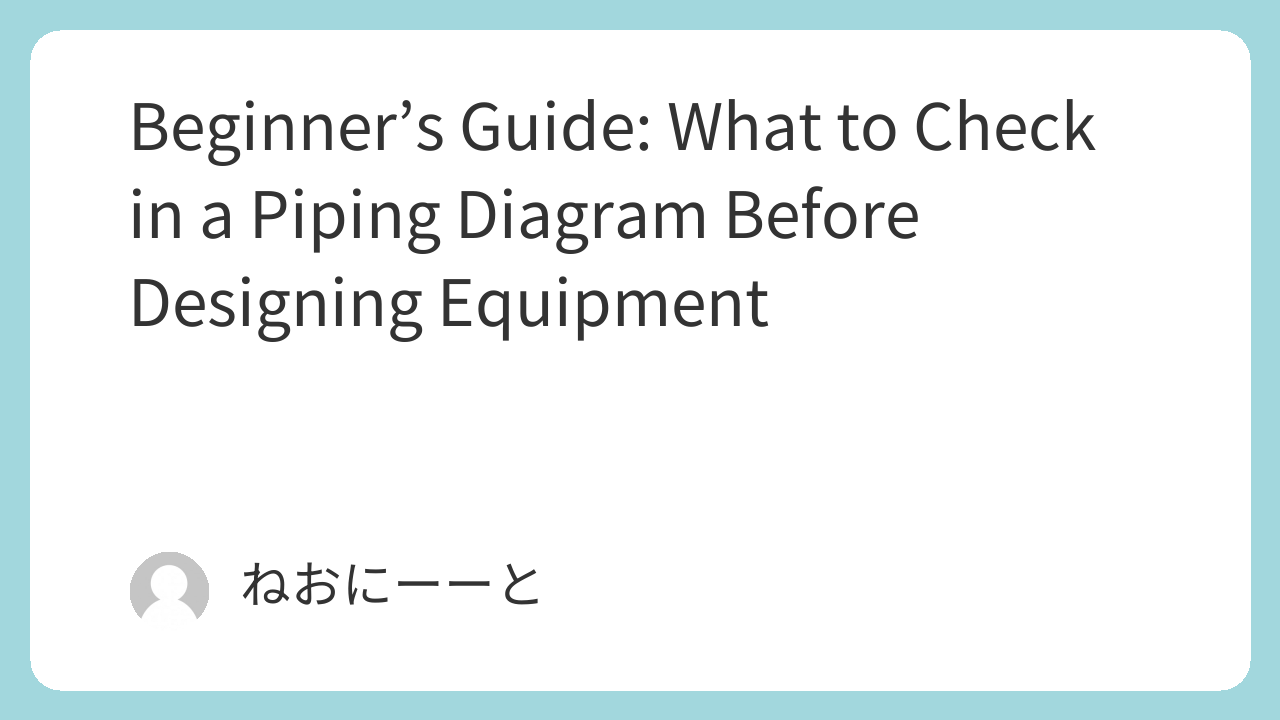When designing equipment for a chemical or industrial plant, checking the piping diagram (P&ID) is an essential first step. But what exactly should you look for in a piping diagram if you’re new to plant design?
In this guide, we’ll explain in simple terms what checkpoints to focus on before you start designing. This helps avoid mistakes and ensures your equipment fits perfectly into the existing plant setup.
Understand the Flow
Check the direction of the flow and the position of your equipment in the system. Is your pump before or after a tank? Does your reactor receive material directly or through another process? Understanding the flow helps you decide the right type and size of equipment.
Check the Pipe Specifications
Look at the pipe size, material, pressure, and temperature. These tell you what kind of equipment can safely connect. For example, if the pipe is designed for high pressure, your equipment must match.
Look at Valves and Instruments
Are there control valves, safety valves, or flow meters near your equipment? These affect how your equipment operates. For instance, a control valve downstream can increase backpressure.
Consider Maintenance Space
Is there enough room around the equipment for workers to access it? Check the diagram for platforms, ladders, or nearby devices. You might need to adjust your design to allow safe and easy maintenance.
Don’t Assume — Confirm
Sometimes diagrams are outdated or unclear. Don’t guess—ask someone with experience or check the latest revision. It’s better to double-check than to redesign later.
✅ Summary
Before designing equipment, always check the piping diagram for flow direction, pipe specs, nearby valves, maintenance access, and any unclear parts. A few careful checks can save time, money, and safety problems.

Comments